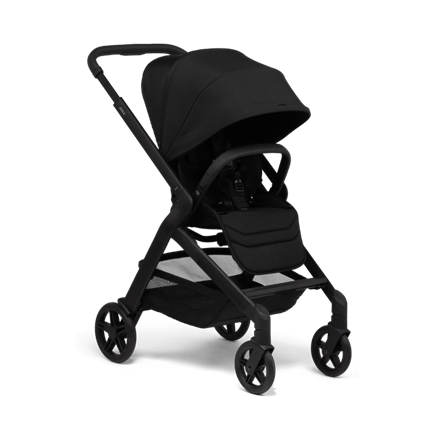Documentaries offer a fascinating glimpse into the everyday lives of people worldwide, revealing how cultural practices shape parenting. One of the most striking aspects documented on film is how parents transport their babies, from traditional baby carriers made of cloth in Southeast Asia to high-tech strollers in bustling cities like New York. These methods not only showcase different values and resources but also reflect the diverse lifestyles of societies across the globe.
Historical Perspective on Baby Transportation
Anthropological documentaries have long captured the rich variety of baby-carrying methods throughout history. Before the industrial revolution, parents worldwide relied on slings, wraps, and baskets—that allowed them to work while keeping their babies close. The award-winning documentary “Babies” (2010) beautifully contrasts the traditional carrying methods used in Namibia and Mongolia with the stroller-dependent cultures of Tokyo and San Francisco.
Interestingly, the stroller—a relatively recent invention—was initially a symbol of status for affluent urban families. Early footage from the 1900s reveals baby carriages as luxury items, a far cry from today’s practical and functional designs aimed at convenience for busy parents.
Cultural Differences in Baby Transportation
Documentary filmmakers have captured remarkable variations in how different cultures approach baby transportation. In the BBC’s “Human Planet” series, we see Amazonian mothers carrying infants in slings made from tree bark while navigating dense rainforests. Meanwhile, in parts of Northern Europe, it’s common to see babies napping outdoors in their strollers—even in cold weather—a practice documented in films about Scandinavian parenting philosophies.
These cultural differences aren’t merely about tradition; they reflect practical adaptations to environment, lifestyle, and values. In urban settings with smooth sidewalks and public transportation, wheeled transportation makes sense. In rural areas with uneven terrain, body-worn carriers remain the practical choice. What documentaries make clear is that no single approach is universal—each society has developed solutions that work for their specific context.
Modern Innovations in Baby Transportation
Recent documentaries about modern parenting highlight the technological evolution of baby transportation. Films like “The Motherhood Project” showcase how today’s parents navigate increasingly complex lives while caring for children. One notable trend is the rise of the single stroller designed for urban environments—compact enough for public transportation yet sturdy enough for daily use.
These documentaries capture how modern parents seek equipment that adapts to their lifestyle rather than forcing them to adapt their lifestyle to their equipment. The single-child stroller has become particularly important in countries where families are having fewer children and living in smaller urban spaces—a demographic shift well-documented in population-focused films.
Practical Considerations for Today’s Parents
Documentary series following modern families reveal that today’s parents face unique mobility challenges. With many households having two working parents, transportation solutions need to be versatile enough to transition between caregivers, fit in car trunks, and navigate various environments from shopping malls to nature trails.
This reality has driven the growing popularity of lightweight strollers that offer the perfect balance of durability and portability. Documentary footage of family life in major metropolitan areas shows parents seamlessly folding these strollers to board buses or trains, storing them in small apartments, and quickly adapting them to changing weather conditions—practical solutions for the complexities of modern parenting.
The Environmental Impact of Baby Transportation
Environmental documentaries have recently begun examining the sustainability aspects of parenting choices, including baby transportation. The carbon footprint of manufacturing, the lifespan of products, and disposal issues are becoming important considerations for environmentally conscious parents.
Some fascinating documentary projects are following families who choose second-hand or sustainable baby transportation options, revealing a growing market for products made with eco-friendly materials and designed for longevity. These films highlight how some manufacturers are responding with designs that can be passed down through multiple children or recycled at the end of their useful life.
What these documentaries ultimately reveal is that baby transportation is never just about getting from point A to point B—it’s a reflection of our values, resources, and the unique challenges of raising children in our particular time and place. As we continue to document human experience across cultures, the humble stroller and baby carrier remain surprisingly powerful symbols of how we approach the universal experience of caring for the next generation.
